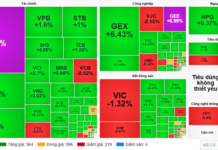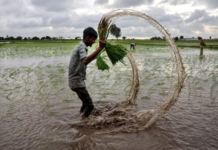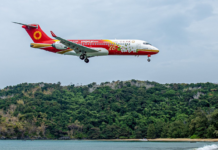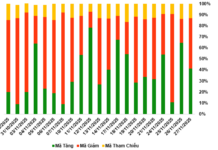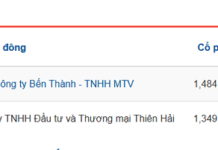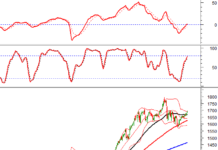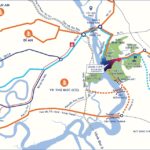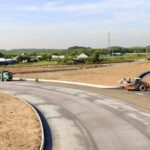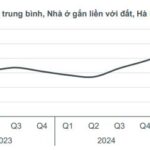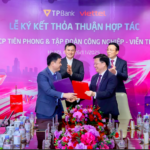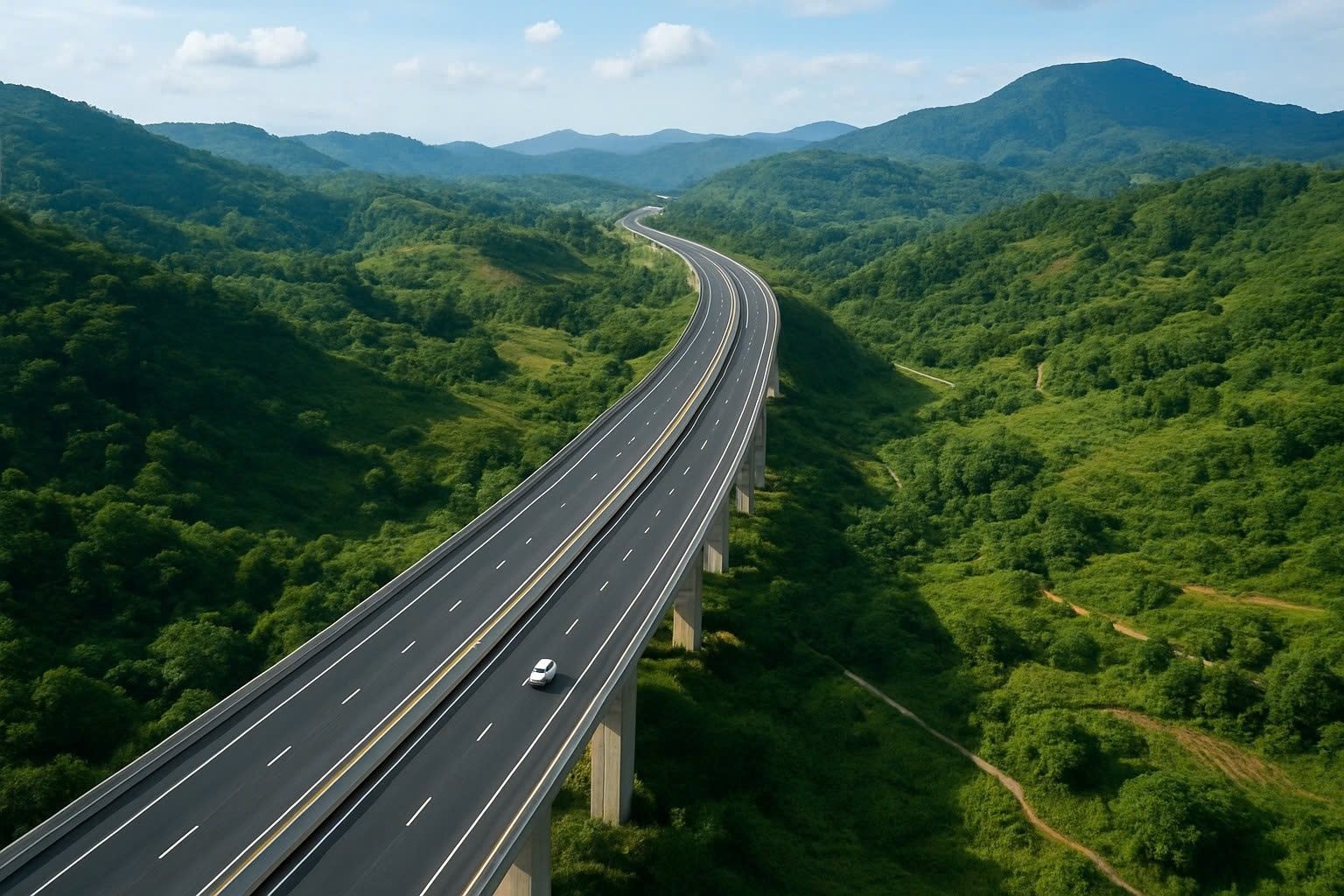
AI-generated illustrative image
The meeting was hailed as a pivotal step, laying the groundwork for the technical design implementation in the upcoming phase.
During the session, all parties agreed on the core principle that the project design must harmonize with nature and align with the regional landscape, especially given the highway’s route through the most complex terrain in the South Central Coast and Central Highlands. Accordingly, the alignment will be studied under the principle of being “as straight as possible,” while closely adhering to the natural topography to minimize impacts on residential areas, forests, and ecosystems.
Flexible engineering solutions such as elevated roads, overpasses, and mountain tunnels will be employed, alongside slope stabilization measures like rock bolting and reinforced concrete frames to enhance long-term stability and safety. Reducing excavation volumes, slope reinforcement, and preserving natural drainage not only optimize costs but also enhance the project’s sustainability, reflecting a modern approach suited to mountainous terrain.
This design approach simultaneously meets several critical technical objectives. Primarily, it mitigates risks associated with landslides, flash floods, and extreme weather typical of highland regions; optimizes land acquisition costs by limiting construction scope and avoiding residential and natural forest areas.
The selected solutions also significantly reduce long-term maintenance and operational costs by minimizing road sections prone to deformation and damage, while safeguarding the environment, preserving natural water flow, and minimizing ecological impacts. Additionally, both negative and positive slopes will be reinforced to the highest safety standards, ensuring stability and sustainability throughout the project’s lifecycle.
Dr. Trần Văn Thế, representing the Investor Consortium, shared: “Our goal is to construct a highway that not only meets technical standards but also demonstrates responsibility toward the community and nature. From the outset, the design philosophy must prioritize sustainability, safety, and long-term efficiency.”
The principles agreed upon during the meeting will serve as the foundation for TEDI SOUTH to develop detailed design documents, including alignment options, project scale, and bridge, tunnel, and drainage solutions.
Once finalized, the documents will be submitted to specialized agencies and authorities for review and approval as required.
With a design focus on sustainability, safety, and environmental friendliness, the Gia Nghĩa – Bảo Lộc – Phan Thiết Expressway is poised to become a strategic connector, driving socioeconomic development in the Central Highlands and South Central Coast in the years ahead.
Unlocking Investment Potential: Eastern Ho Chi Minh City’s Infrastructure Development Strategy Draws Investors to Izumi City
Following the merger, the eastern region of the city is emerging as a strategic investment hub, poised to drive the development of the megacity of Ho Chi Minh City and Dong Nai.
Hanoi’s Saturated Market Drives Capital Flow to Real-Value Real Estate in Outlying Areas
The surge in supply within Hanoi, coupled with a notable slowdown in cash flow efficiency and the catalyst effect of the Van Cao – Hoa Lac metro line, is driving a significant shift in capital towards peripheral real estate markets.

